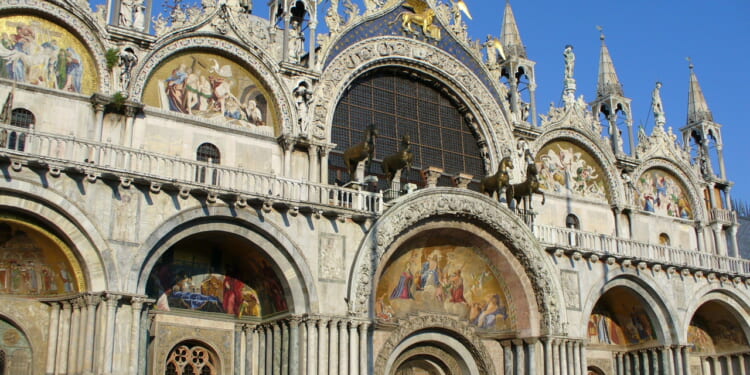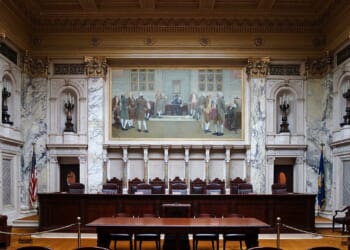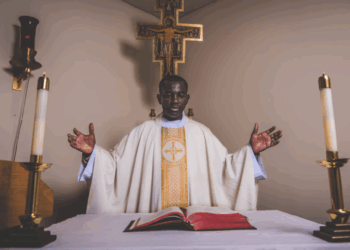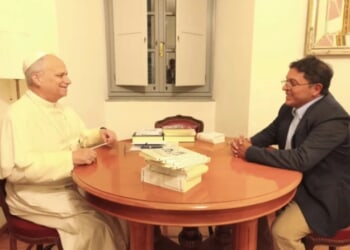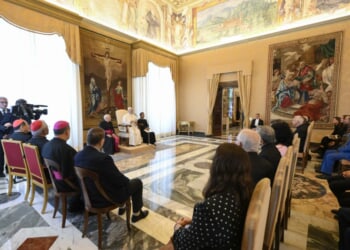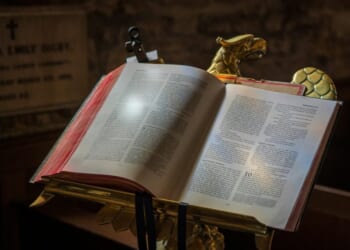Recent stories of note:
“The greatest Cypriot show in Florida: Ringling Museum opens its first permanent ancient-art gallery”
Allison C. Meier, The Art Newspaper
The John and Mable Ringling Museum of Art in Sarasota, Florida, has just opened its first gallery dedicated to the museum’s collection of Cypriot antiquities, the third-largest in the Americas after those of the Metropolitan Museum of Art and Philadelphia’s Penn Museum. John Ringling acquired 3,300 pieces of ancient Cypriot art at an auction in 1928, where thousands of artifacts of the Met museum’s Cesnola collection, which had been dug up by the Met’s first director, Luigi Palma di Cesnola, in Cyprus from 1865 to 1876, were sold off. Cyprus’s strategic location in the Eastern Mediterranean, along with its plentiful deposits of copper, made the island a hotbed of imperial competition from the Bronze Age onwards. Cypriot art therefore reflects an extraordinary range of international influences, including Assyrian, Phoenician, and Greek elements. John Ringling made his fortune in running a traveling circus with his brothers, but his patronage of the arts was no joke.
“To have, to hold—and to create”
Lola Salem, The Critic
Not a week goes by without another story of seizure and restitution of some batch of artifacts from an American museum (the Europeans are much cagier about “repatriation”), to be returned to their notional “home.” In her review of three books about collecting and its discontents, Lola Salem notes how impoverished discussions of beauty have become. Art collecting is now often reduced to brute economic mechanisms of legal ownership and power imbalances, completely obscuring why some art enthusiasts went to such lengths to seek out and collect beauty. While the means by which an object was acquired can be dubious, the meaning and appreciation of a work of art cannot be reduced to a mere bureaucratic transaction or a historical contingency; the bronze horses of San Marco may have a sordid provenance as Crusader loot from Constantinople, but they are as Venetian as fried sardines. Moreover, collectors do not all have the same lofty ideas about the universality of art, nor do all museums have the means to protect and conserve objects in their care. So before embarking on the next repatriation crusade, we should consider whether the proposed collector or curator will give the artwork the cura (care, attention, and concern) it deserves.
“From Heresy to Hate Speech”
Helen Dale, Law & Liberty
In her review On the Law of Speaking Freely, a history of free speech by Adam Tomkins, Helen Dale makes a convincing case for why free speech and the limits thereof are such contentious subjects in liberal democracies today. Unlike other features of democratic government that have direct ancient and medieval antecedents, such as the separation of powers and the secret ballot, free speech is a very modern development that took centuries to mature. Dale details how, following the Reformation, the emerging power of the printing press was muzzled first by prepublication state-controlled licensing and later by laws of seditious libel that ensured that governments could only be criticized by skilled satirists such as Jonathan Swift, who knew how to dance around these laws. As liberal democracies attempt to navigate today’s “age of offense,” which Tomkins traces back to the nineteenth century, de facto libel laws, rebranded as hate-speech legislation, have made a surprise comeback throughout Europe and have many proponents in the United States. While Dale maintains that it is the relative youth of the principle of free speech that makes it so contested, I suspect that as long as there exists “government which is to be administered by men over men,” to quote Madison, the tug of war between man and the state over the limits of logos will continue.

